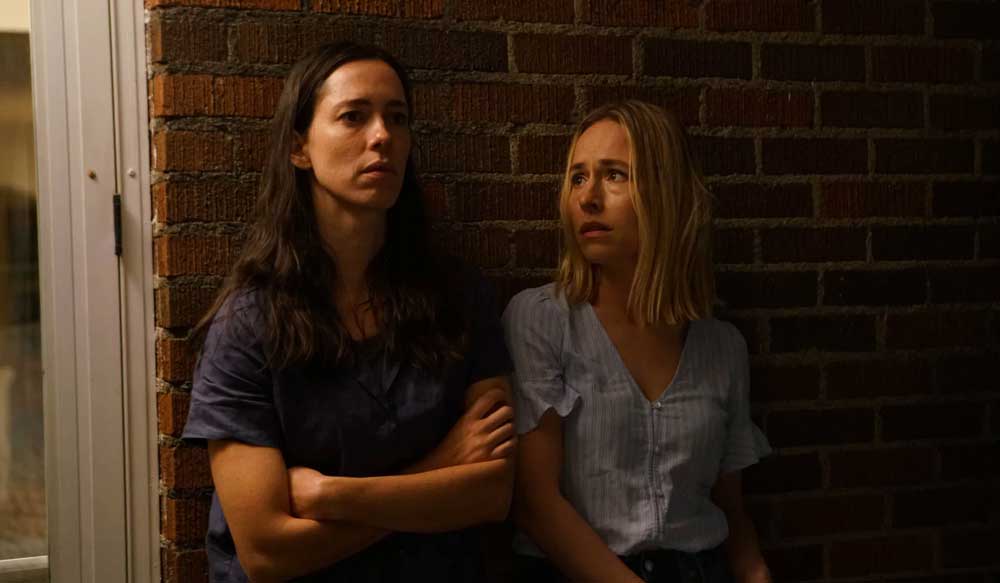A few weeks ago I received an invite to check out a short film called “LOOKOUTS” this fantasy/sci-fi short is based on a 2009 Penny Arcade comic. Below I discuss the creation of this Game of Throne-esque trip through a Basilisk forest. Alongside talk of cinematography, we talk favorite directors and what movies make an enjoyable castaway experience.
First off there’s a wonderful sense of whimsy with the direction and cinematography. What went into to making these decisions?
Thank you. Early on, Kristin and I knew we wanted to film something up in the Redwood parks of Mendocino. We wanted the setting to feel a little fantastical so I added a lot of “fog springs” in the background like in the “valley of hell” outside Hakone Japan. Lighting is obviously important to set the mood and we did our best to shoot certain scenes at certain times of the day. We’d shape the light by adding to what was available and cut it by building large screens and flags when necessary. One of the best locations we found was a dead forest for the opening and closing scenes that took place in an area of the forest we call “the Bleak.” This piece of private property completely contrasts the lush redwood forests and really mirrors Pehn’s despair at the end of the film in the physical environment around him.
The antagonist in this, The Basilisk, is European mythology is that correct? Why was this the route you took?
This film was based on Penny Arcade’s comic from 2009, also called Lookouts™. That comic established the Basilisk as the antagonist and it was one of the major draws for us when looking for a story to expand into a short narrative. This creature is a “rooster-dragon” and it’s more bird than snake. There was a lot of freedom with its design because people don’t really have a set idea of what a Basilisk should or shouldn’t look like. Roosters are weird, inelegant and kinda awkward. We knew we wanted a physical puppet for the close-ups and medium shots so we played off that awkwardness by amplifying its musculature and grotesque facial sculpt.
What, for you was the most difficult aspect in structuring a story so dense as a short film?
It’s like putting on jeans that just came out of the dryer (always hang dry your jeans). They come out, and they’re really tight. It’s a total blow to the ego. Seriously, how fat am I? Then you do some quick squats and leg raises. You twist around until your beltline doesn’t cinch so tight. Things start to expand and stretch. Eventually even your calves start to feel right and you realize that your pants have hit their equilibrium. They look and feel right because they’re balanced. Crotch to ankles, It’s all crammed in and accounted for.
For a more personal spin What directors and writers do you look up to, why?
The more I develop my own script, the more I admire storytellers who successfully blend genres. Horror directors who understand how to weave in comedy. Action directors who can create a moment of genuine terror or believable romance. Comedy directors who know how to create a contrasting emotion without using dialogue. It’s really hard to pull this off today because we over-celebrate films that are easily categorized. As if that’s the true mark of good storytelling. Directors who can balance a difficult film know more than how to adapt an idea into motion, they also know how to communicate, support and defend a complex story. I applaud that challenge.
If you could only pick two movies to be stranded on a deserted island with what two would you pick, why?
The original Magnificent Seven and Big Trouble in Little China. No question. I’m stuck on an Island so I’ll need to hear other human voices to hold my sanity. I’d want films that have an ensemble cast and are dialogue driven but still have plenty of action to keep me distracted.




